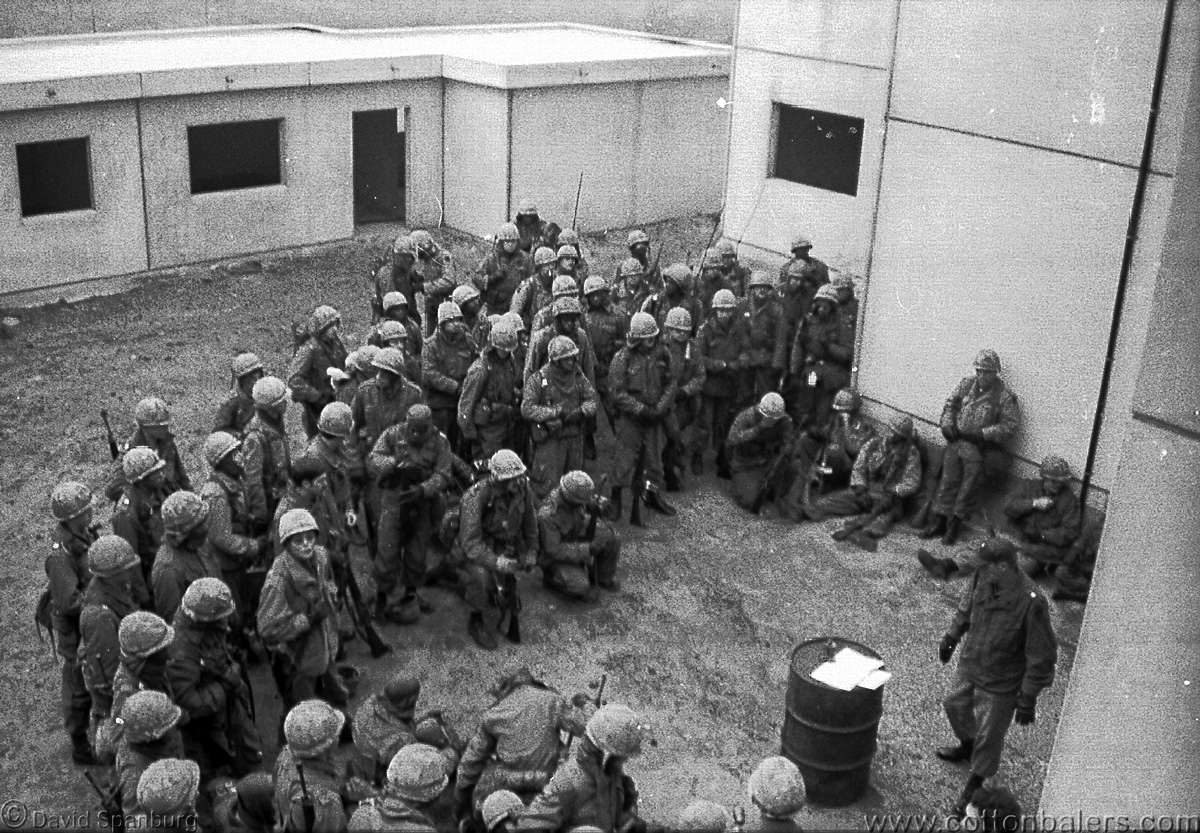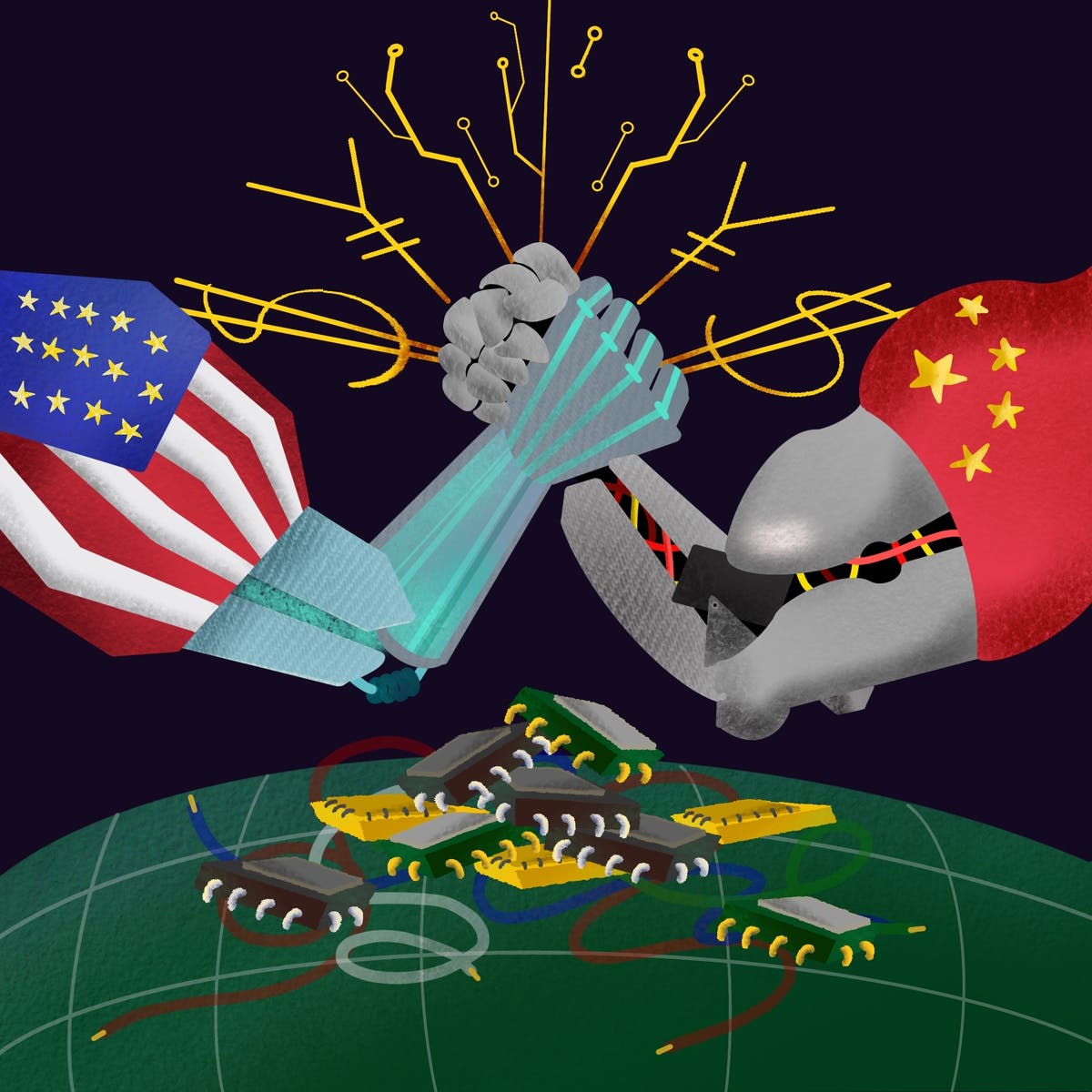

The policy was concerned with future Soviet expansion and accepted, in effect, Russian control over Eastern Europe.Īn early test of containment came in Greece and Turkey. Faced with determined opposition (from the United States, for example), Kennan postulated that the Soviet Union would back down. Kennan argued that while the USSR was determined to extend its influence around the world, its leaders were cautious and did not take risks. In a lengthy telegram to Washington in February 1946, he outlined what became known as the containment policy. George Kennan, a State Department official stationed in Moscow, developed a strategy for dealing with the Soviet Union in the postwar years. The containment policy and the Truman Doctrine. Within a year, as Winston Churchill told an American audience, an “iron curtain” had descended across Europe, separating the “free” democratic nations of the West from the “captive” Communist nations of the East. To ensure “friendly states” on its western borders, the USSR supported and helped install Communist‐dominated governments in Poland, Bulgaria, and Rumania (Romania) in the spring and summer of 1945. Stalin's commitment at Yalta to allow free elections in Eastern Europe was quickly broken. Those concerns were heightened when the United States discontinued lend‐lease aid to the Soviet Union soon after the war ended.

The Cold War had its roots in World War II, when the repeated delays in opening a second front in Europe made the Russians suspicious of the Western Allies' motives. From Vice President to President: George H.W.

The United States under Ford and Carter.A New Society: Economic & Social Change.American Society and Culture, 1865–1900.


 0 kommentar(er)
0 kommentar(er)
